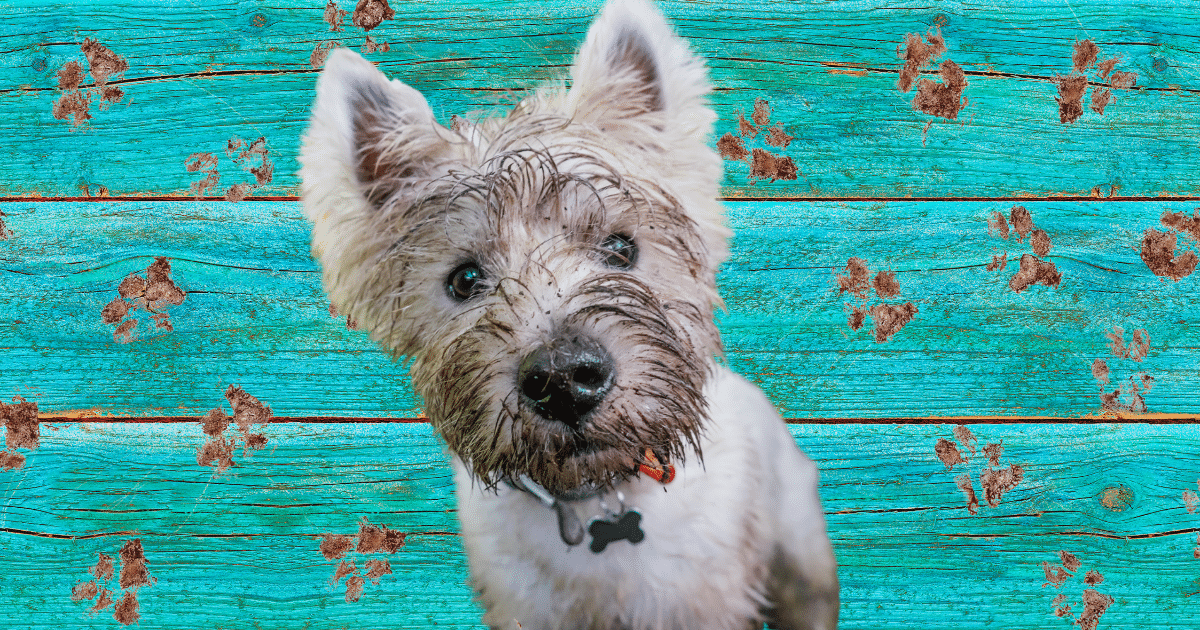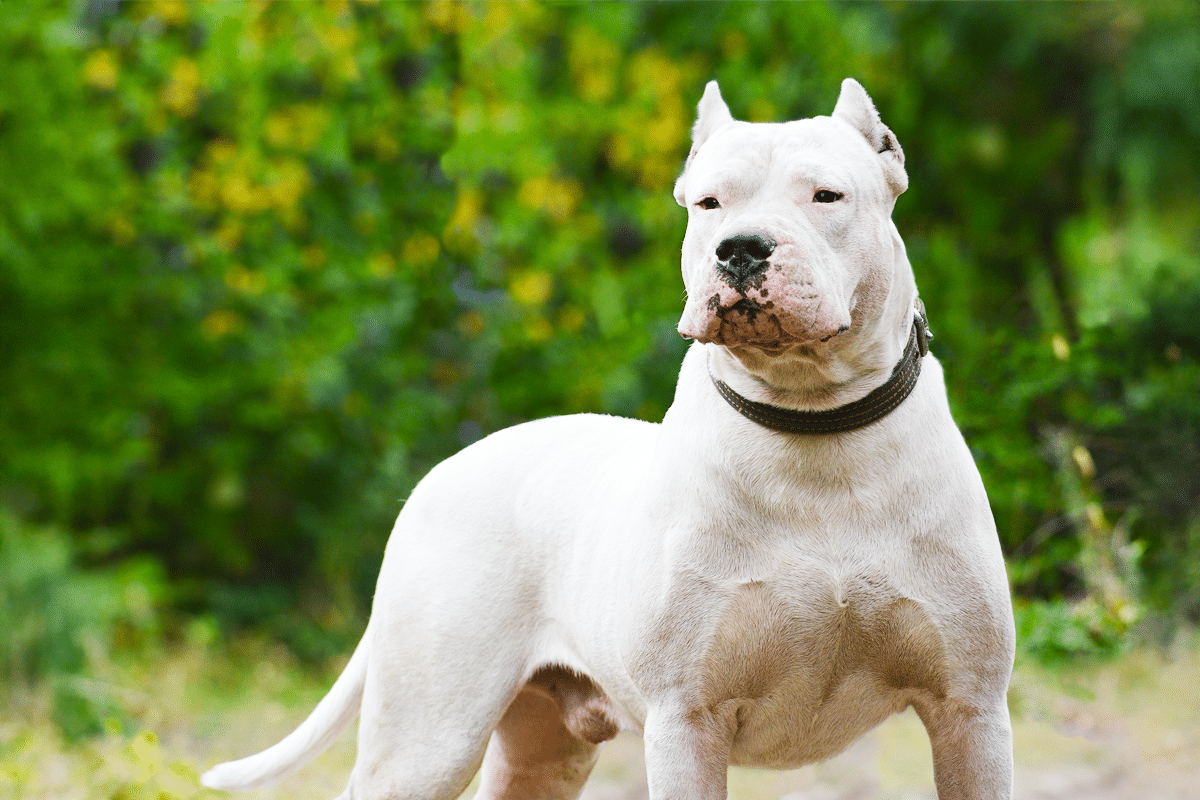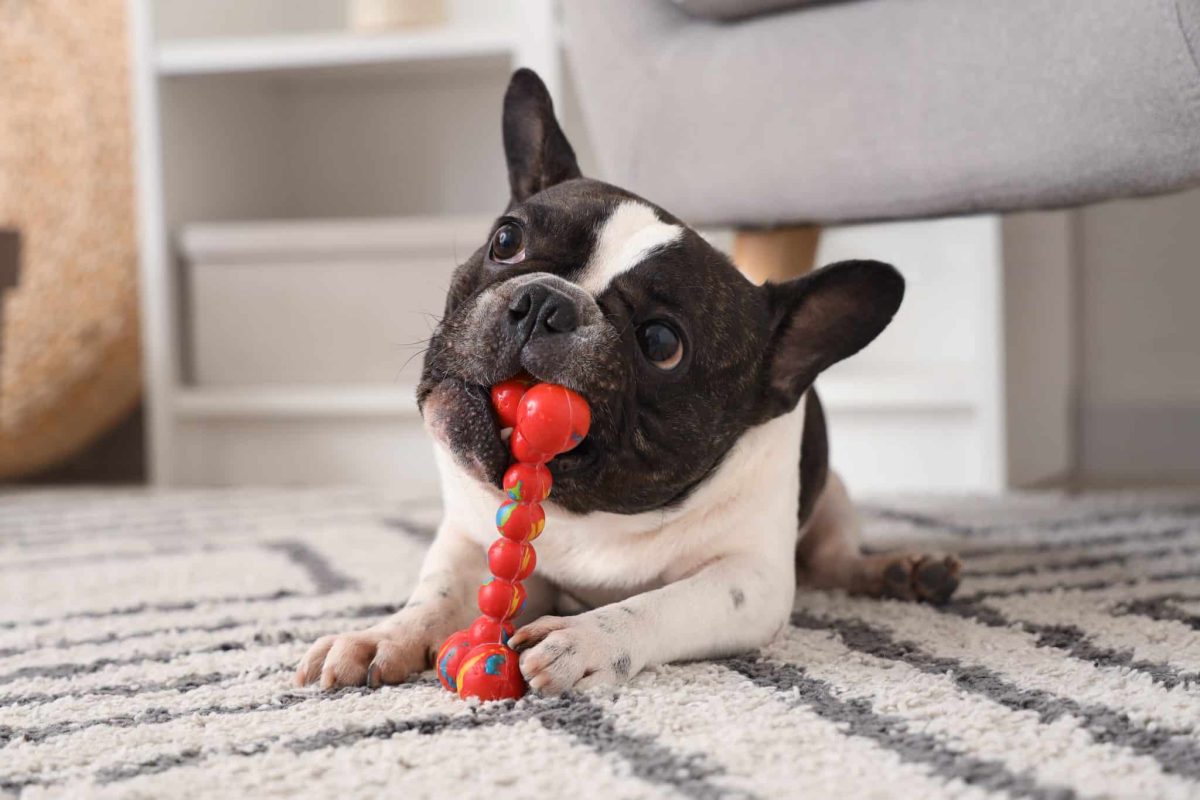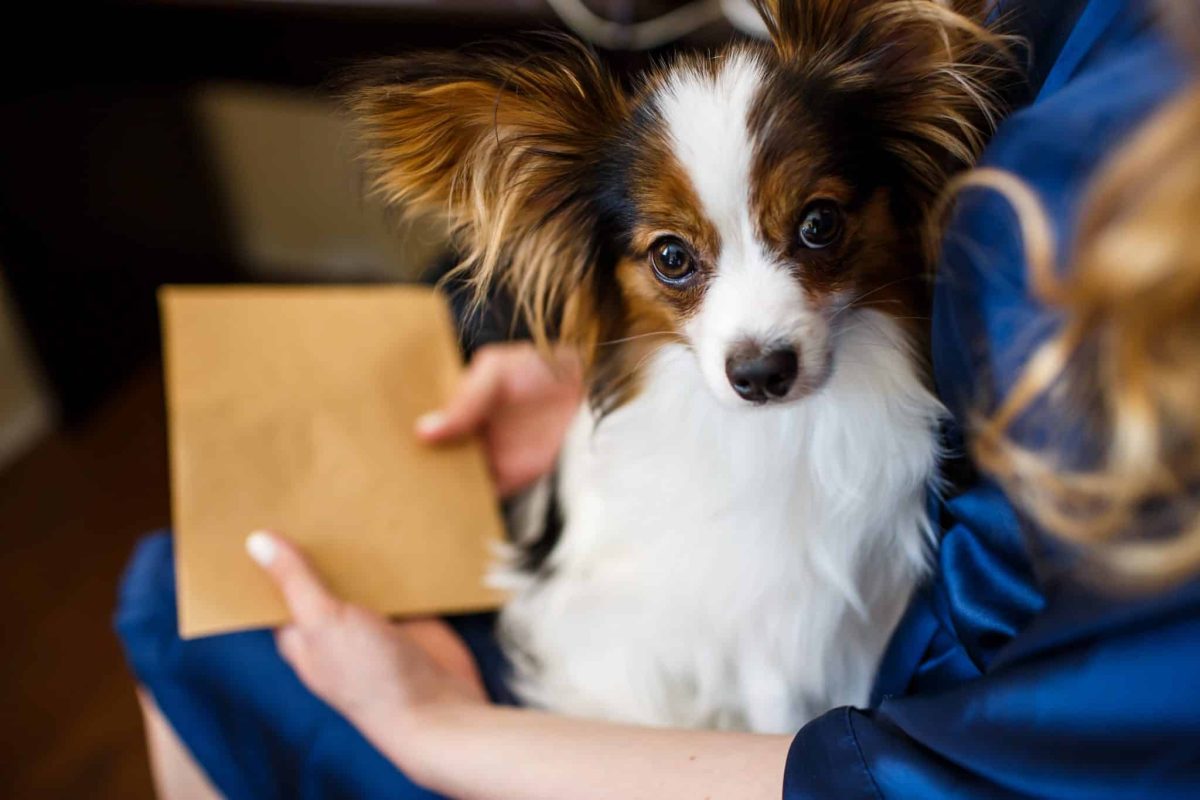The Belgian Malinois (pronounced Ma-Luhn-Waa) is a medium-sized, highly athletic herding dog known for its energy, intelligence, and drive. Originating from Belgium, these dogs were bred to herd sheep and perform tasks that require both strength and agility. Their exceptional smarts and vitality make them outstanding working dogs, often chosen for police and military operations.
However, the traits that make them excellent workers—their sharp intelligence and boundless energy—can also make them a challenging pet for some owners. Without plenty of daily physical exercise and mental stimulation, the Belgian Malinois can become bored and exhibit destructive behaviors. This breed is best suited for active, committed owners who are prepared to invest time in keeping their dog busy and engaged.
If you’re considering adding a Belgian Malinois to your family, it’s important to understand their history, temperament, and care requirements. This guide will provide all the details you need to determine if this remarkable breed is the right fit for you.
🐾Breed Overview
GROUP: Herding
HEIGHT: 22 to 24 inches (female); 24 to 26 inches (male)
WEIGHT: 40 to 60 pounds (female); 60 to 80 pounds (male)
COAT: Short, smooth double coat
COAT COLOR: Fawn, mahogany, red, red sable, or fawn sable with a black mask
LIFE SPAN: 14 to 16 years
TEMPERAMENT: Intelligent, active, loyal
HYPOALLERGENIC: No
ORIGIN: Belgium
Read More: 7 Fascinating Dog Breeds from Belgium
Characteristics of the Belgian Malinois
The Belgian Malinois is known for its high energy and active nature. These dogs thrive on mental stimulation and physical activity, and they require plenty of both to stay happy and healthy.
Typically, the Belgian Malinois has a friendly and affectionate personality, forming strong bonds with their primary owners. As long as they are treated with care and respect, they are loyal and protective without being aggressive toward their family.
Though the Belgian Malinois shares many similarities with the German Shepherd, such as their work ethic and intelligence, they have a few distinct differences. The Malinois tends to have a leaner build, shorter coat, and a different head shape compared to the German Shepherd. These physical traits, combined with their personality, make the Belgian Malinois a unique and wonderful companion.
Affection Level: Medium
Friendliness: Medium
Kid-Friendly: Medium
Pet-Friendly: Medium
Exercise Needs: High
Playfulness: Medium
Energy Level: High
Trainability: High
Intelligence: High
Tendency to Bark: Medium
Amount of Shedding: Medium
History of the Belgian Malinois
The Belgian Malinois is one of four distinct varieties of Belgian shepherd dogs, alongside the Tervuren, Groenendael, and Laekenois. These breeds have their origins in the 1800s, with the Malinois being named after the city of Mechelen (also known as Malines), where they were developed. Breeders aimed to create a strong, reliable herding dog and protector, with a robust work ethic.
The Belgian Malinois first arrived in the United States in the early 1900s, but their popularity faded after World War II. However, their recognition surged again in the 1960s, especially after the American Kennel Club officially recognized the breed in 1959.
By the early 2000s, the Belgian Malinois had gained a prominent role as police dogs, military dogs, drug-detection dogs, and search-and-rescue dogs. The breed’s notable roles also include serving with the U.S. Secret Service, where they patrol the White House grounds, and being part of Navy SEAL teams, including the one involved in the operation that led to the capture of Osama bin Laden in 2011.
Belgian Malinois Care
The Belgian Malinois is not a breed for everyone. While intelligent and loyal, they require ample space and activities to thrive, making them unsuitable for apartment living. This breed is best suited for active owners who can provide the mental and physical stimulation they need. Proper training and socialization are essential to ensure a well-behaved dog. Thankfully, their grooming is relatively simple and low-maintenance.
Exercise Needs
A Belgian Malinois needs vigorous daily exercise and mental stimulation to remain happy and healthy. Without enough activity, they can develop behavioral issues like:
- Chewing or gnawing on furniture and objects
- Digging in the yard
- Destructive behavior around the house
Aim to provide at least 1 to 2 hours of exercise per day, including:
- Brisk walks
- Running
- Hiking
- Playing fetch
In addition to regular outdoor activities, the Malinois excels at dog sports, which offer both physical and mental challenges. These include:
- Agility
- Flyball
- Rally
- Obedience
- Dock diving
- Lure coursing
Given the breed’s strong herding instincts, be mindful that they may attempt to chase moving objects like cars, bikes, or animals. Always keep them on a leash or within a secure fenced yard. It’s ideal to have a large yard with a tall, secure fence to provide enough space for your Malinois to run and play freely.
Key Takeaways
- The Belgian Malinois requires significantly more exercise than many other breeds. Just a few short walks won’t cut it unless you’re also running about 5 miles a day with your pup.
- Regular, vigorous exercise is essential for maintaining their mental and physical health.
Grooming
Grooming a Belgian Malinois is relatively simple. Their short, straight coat with a dense undercoat is naturally weather-resistant and requires minimal upkeep.
To maintain their coat, plan to brush your Malinois at least once a week. This helps remove loose fur and prevents mats from forming. You’ll find that shedding increases during seasonal changes—particularly in the spring and fall—so more frequent brushing and vacuuming may be necessary during these times.
Baths should only be given when your dog becomes dirty, as bathing too frequently can dry out their skin.
You’ll also need to trim their nails about once a month. Some dogs naturally wear down their nails through daily activities, such as walking on pavement, so they may require less frequent trims. Dental care is another important aspect of grooming. Aim to brush your dog’s teeth daily to help prevent dental problems, and consult your vet to determine when professional dental cleanings and checkups are necessary.
Training
The Belgian Malinois is known for its intelligence and eagerness to please, making it one of the most trainable breeds. They respond well to positive reinforcement and consistent training.
Training and socialization should begin early in a Malinois’ puppyhood. It’s essential to enroll your puppy in an obedience class as soon as they’re old enough and expose them to different people, animals, and environments. Though Malinois can sometimes be reserved with other dogs, early exposure and positive experiences with other pets can help them become well-adjusted and social.
Are Belgian Malinois Good with Kids?
While Belgian Malinois can be affectionate and protective, their high herding instincts may lead them to nip at children’s heels, especially if not properly trained. As such, this breed may not be ideal for families with very young children.
However, with proper training and socialization, Malinois can learn to be well-mannered around kids. It’s important to teach your dog how to behave around children and to ensure that children understand how to interact safely and respectfully with the dog. For example, they should avoid wrestling with the dog, sitting on them, or taking their toys or food.
If you don’t have kids but are planning to interact with them, ensuring your dog is well-trained around children is key to ensuring everyone’s safety.
Common Health Problems in Belgian Malinois
Like all dog breeds, the Belgian Malinois can be prone to certain hereditary health issues. Being aware of these potential conditions will help you provide the best care for your dog:
- Hip and Elbow Dysplasia: These are inherited orthopedic conditions where the hips or elbows don’t develop properly. This can lead to pain, stiffness, and difficulty moving. Regular check-ups and early detection can help manage these conditions.
- Eye Problems: Belgian Malinois can be susceptible to various eye conditions, including cataracts, progressive retinal atrophy, persistent pupillary membrane, and pannus. Regular eye exams by a vet are essential to catch any issues early.
- Cancer: Like many dog breeds, the Malinois is at risk for cancer, including hemangiosarcoma, a type of cancer that can develop in the blood vessels and affect various parts of the body. Keeping an eye on any unusual symptoms and scheduling regular vet visits can help with early detection.
- Anesthesia Sensitivity: Some Belgian Malinois are more sensitive to anesthesia, which can pose risks during surgeries or medical procedures. Be sure to discuss this with your vet if your dog needs any surgery or procedure requiring anesthesia.
By being proactive about your dog’s health and consulting your veterinarian regularly, you can help ensure your Belgian Malinois stays as healthy as possible.
FAQ
Are Belgian Malinois good family dogs?
The Belgian Malinois can make a great companion for an active family. However, it’s important that all family members understand how to interact with this high-energy breed. Malinois have a strong prey drive, and their instincts to chase and herd can make them a bit intense. As a result, they may not always get along with young, rambunctious children, and they could become nippy if they feel overstimulated or threatened.
How much does a Belgian Malinois cost?
The price of a Belgian Malinois puppy can vary widely depending on factors such as their bloodline and whether they are bred for working or competition purposes. Puppies that are bred for specialized roles, like police work or search-and-rescue, can be quite expensive, often costing $3,000 or more.
Who should not own a Belgian Malinois?
The Belgian Malinois is not the right choice for everyone. This breed requires an active, engaged owner who can provide consistent training, exercise, and attention. Individuals who should reconsider owning a Malinois include:
- Those who are away from home for long periods each day
- People unable to provide sufficient physical exercise or mental stimulation
- Families with small children who may not be able to manage the dog’s energy level
- Those living in apartments or condos, where space for exercise may be limited
If you’re an experienced, active dog owner with time and space to meet the breed’s needs, the Belgian Malinois can make a wonderful, loyal companion.



















 English (US) ·
English (US) ·